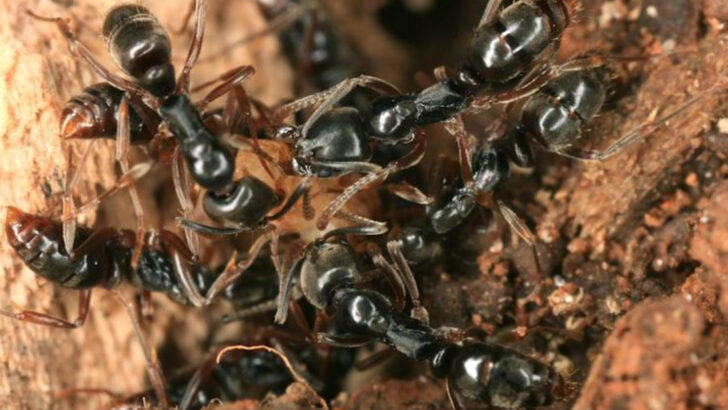In recent years, a new threat has emerged in various parts of the United States.
Invasive Chinese ants, known for their potentially deadly stings, have been found in an alarming number of states.
These ants, distinct in their behavior and impact, pose significant ecological and health challenges.
This blog post explores the unique characteristics and implications of these ants in different regions, providing insights into their spread and potential dangers.
The Arrival of the Chinese Ants
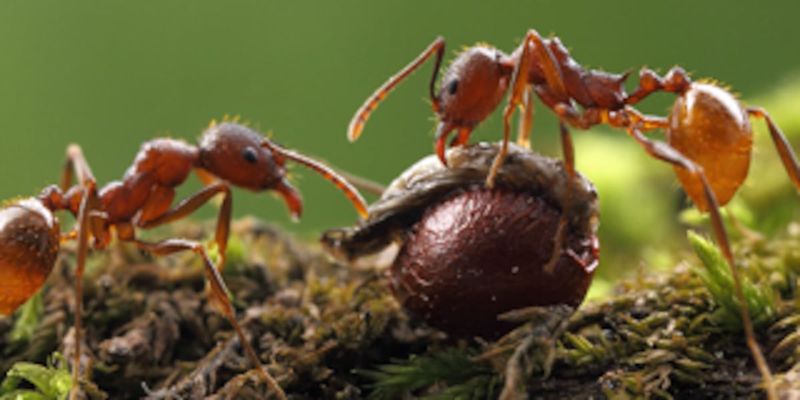
The discovery of Chinese ants in the U.S. marks a significant ecological event. Originating from Southeast Asia, these ants have made their way across the ocean, finding new homes across 20 states. Their arrival is often unnoticed until it’s too late, as they establish colonies rapidly.
Known for their aggressive nature, these ants impact local ecosystems by outcompeting native species. This competition can disrupt the delicate balance of local flora and fauna. Moreover, their stings can pose health risks to humans and animals.
States affected include California, Texas, and Florida, each dealing with its unique challenges.
The Deadly Sting

A Chinese ant’s sting is more than just a painful experience; it can be life-threatening. Unlike typical ant stings, these inject venom that causes severe allergic reactions in some individuals. Hospitals have reported increasing cases of ant sting-related allergies.
The venom affects not only humans but also pets and wildlife, leading to a broader ecological impact. The threat is particularly severe in states with outdoor recreational areas, where unsuspecting hikers and campers might encounter these ants.
Public awareness campaigns are essential to educate residents about recognizing and avoiding these ants.
Ecological Impact on Native Species
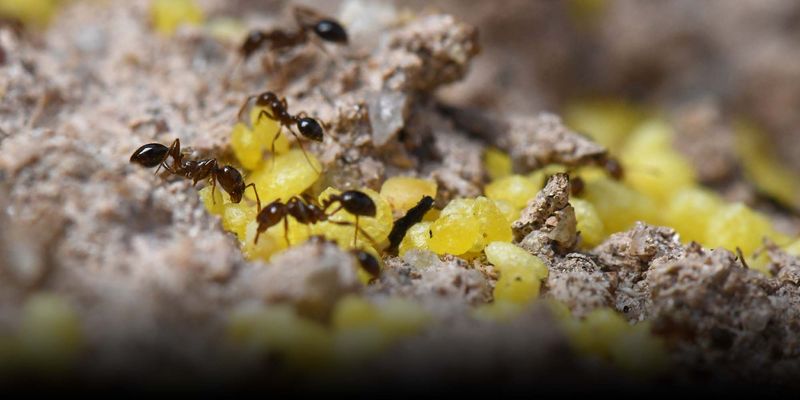
The ecological implications of Chinese ants are profound. They fiercely compete with native ant species, often leading to the displacement of local populations. This competition extends to other insects and small animals, disrupting food chains.
In regions like the Southern U.S., where biodiversity is rich, this ant invasion poses a critical threat to the balance of ecosystems. Native plants and insects face new pressures from these aggressive newcomers.
Environmentalists are scrambling to devise strategies to mitigate their impact, focusing on preserving native species and restoring habitats.
Public Health Concerns
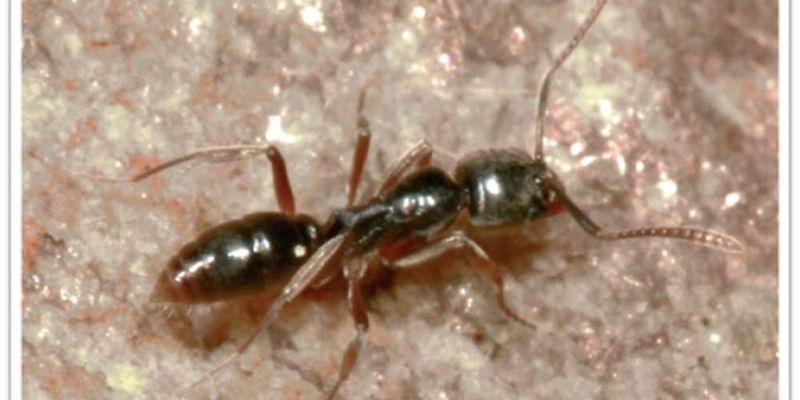
The presence of Chinese ants has sparked public health concerns across affected states. Their venomous stings can cause severe allergic reactions, ranging from mild redness to anaphylactic shock. Hospitals have seen a rise in ant sting emergencies.
Public health officials are working to educate the public on the risks associated with these ants. Community meetings and informational campaigns are held to spread awareness.
Efforts are underway to develop guidelines for first responders and medical professionals to effectively treat ant sting cases, emphasizing quick and appropriate medical response.
Preventive Measures and Control
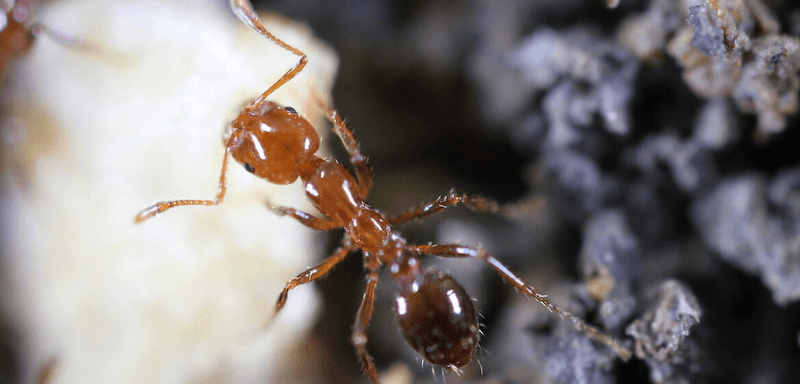
Controlling the spread of Chinese ants requires coordinated efforts. Pest control agencies play a crucial role in identifying and eliminating ant colonies. Residents are encouraged to maintain clean yards and eliminate food sources that attract ants.
In urban areas, local governments are investing in pest management programs to curb the infestation. These initiatives include habitat modifications and the use of environmentally friendly pesticides.
Research is ongoing to develop more effective control methods, focusing on sustainable solutions that minimize harm to native species while effectively managing ant populations.
Ant Behavior and Habitat

Have you ever wondered how invasive Chinese ants manage to thrive in diverse environments? These ants exhibit remarkable adaptability, allowing them to colonize various habitats. Their aggressive nature enables them to outcompete native species, establishing dominance swiftly.
Interestingly, they build extensive underground networks, resilient to environmental changes. Their capacity to exploit resources ensures survival even in harsh conditions. This adaptability poses challenges for eradication efforts.
Despite their small size, their impact is considerable, transforming ecosystems. Understanding their behavior and habitat preferences is crucial for developing effective control measures.
Economic Impact on Agriculture
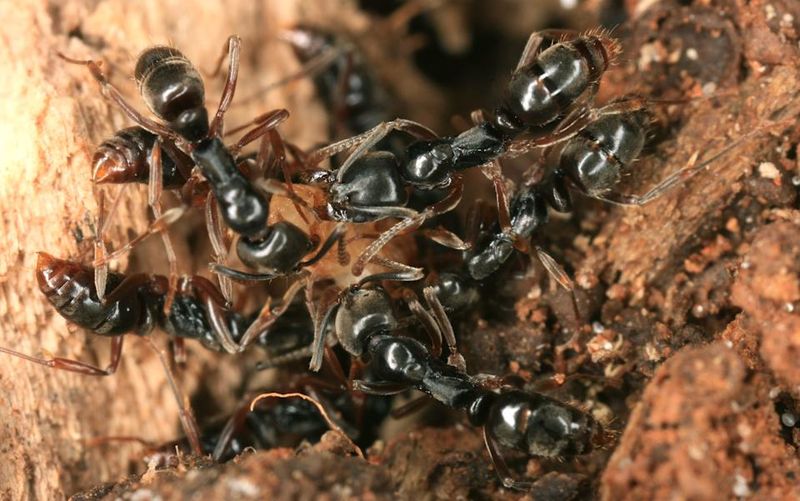
Does the presence of invasive Chinese ants affect agriculture? Absolutely. These ants damage crops, leading to significant economic losses for farmers. Their tendency to protect aphids for honeydew disrupts natural pest control, escalating pest issues.
Farmers face increased costs in pest management and crop yields decline. As the ants spread across different states, agricultural sectors experience heightened challenges.
Mitigating their impact requires coordinated efforts and innovative solutions. The economic implications highlight the urgency for effective management strategies to safeguard agricultural interests and food security.
Impact on Urban Areas
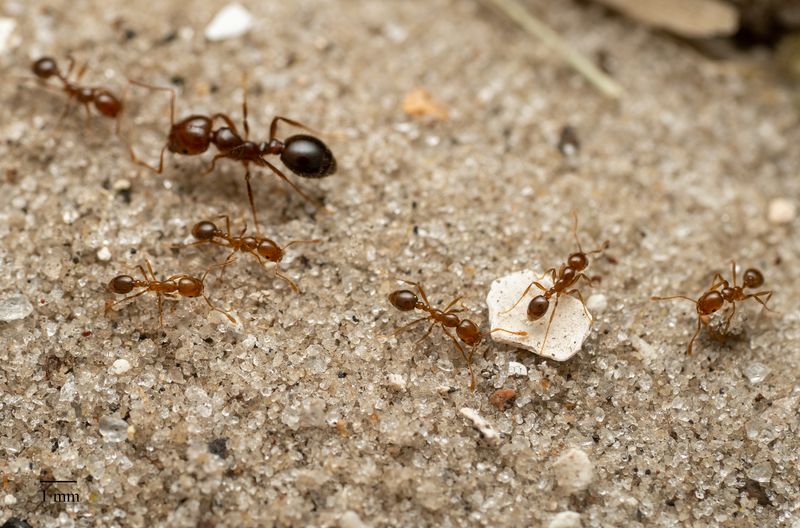
The invasion of Chinese ants extends beyond natural habitats into urban areas, affecting daily life. These ants infiltrate homes, causing nuisances and structural damage. Electrical systems are particularly vulnerable, with ants short-circuiting connections.
Their presence necessitates increased pest control measures, burdening homeowners with additional expenses. The ants’ ability to adapt to urban environments underscores the need for public awareness and strategic management.
Understanding their urban impact is crucial for residents to implement preventive measures. The invasion highlights vulnerabilities in infrastructure, emphasizing the need for comprehensive urban pest management plans.
Invasion Strategies and Spread
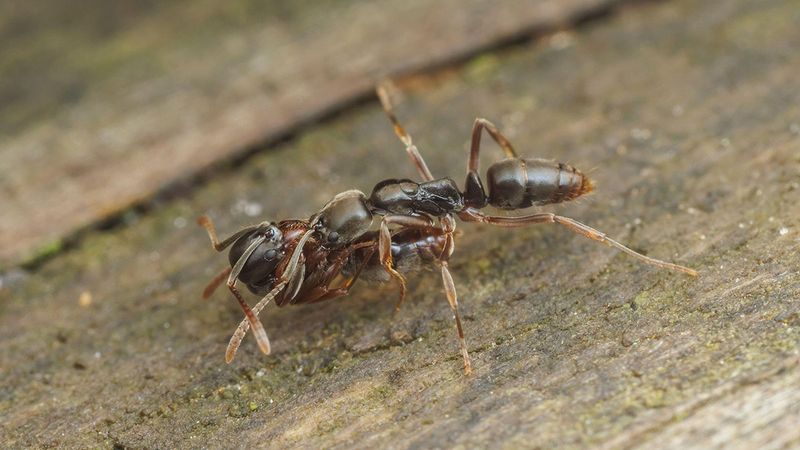
Invasive Chinese ants employ strategic patterns to propagate across states. Their ability to hitch rides on vehicles and goods facilitates rapid spread. This mobility enables them to reach distant areas, establishing new colonies swiftly.
Once settled, they reproduce rapidly, outnumbering native species. Their strategic relocation challenges containment efforts. Understanding their spread patterns aids in developing targeted interventions.
These ants’ invasion strategies reveal the importance of monitoring and regulating transportation channels. Effective management hinges on predicting their movements and implementing robust quarantine measures.
Unexpected Benefits of Ant Presence
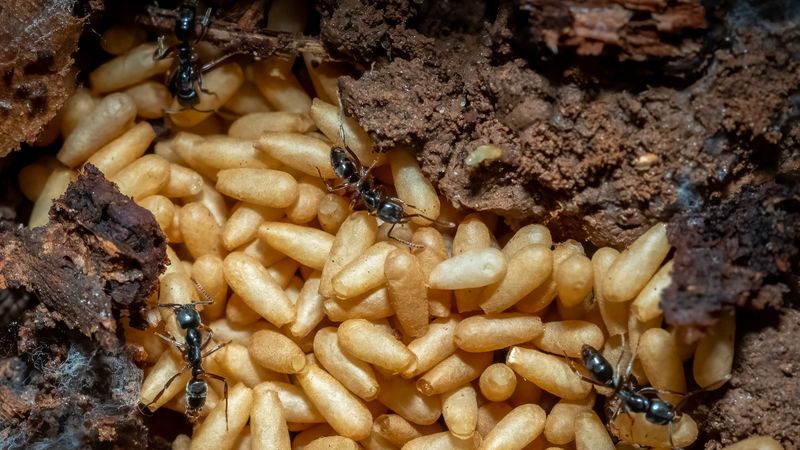
While the focus often lies on the detrimental effects of invasive ants, some researchers explore potential benefits. Chinese ants offer insights into ecological resilience and adaptation.
Their interactions with ecosystems provide data valuable for scientific studies. In controlled settings, they aid in understanding species interactions and environmental changes.
These research opportunities contribute to broader ecological knowledge. Recognizing potential benefits alongside challenges encourages balanced discussions on invasive species. Scientists continue to explore these avenues, seeking innovative uses for the data gathered from studying these ants.

